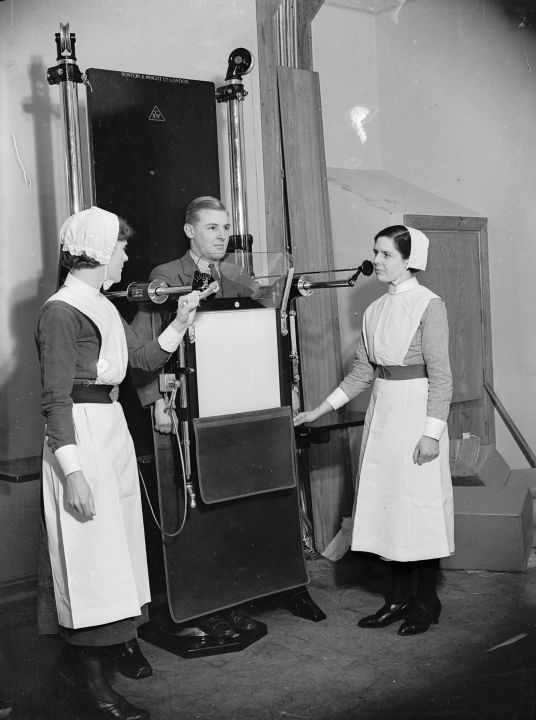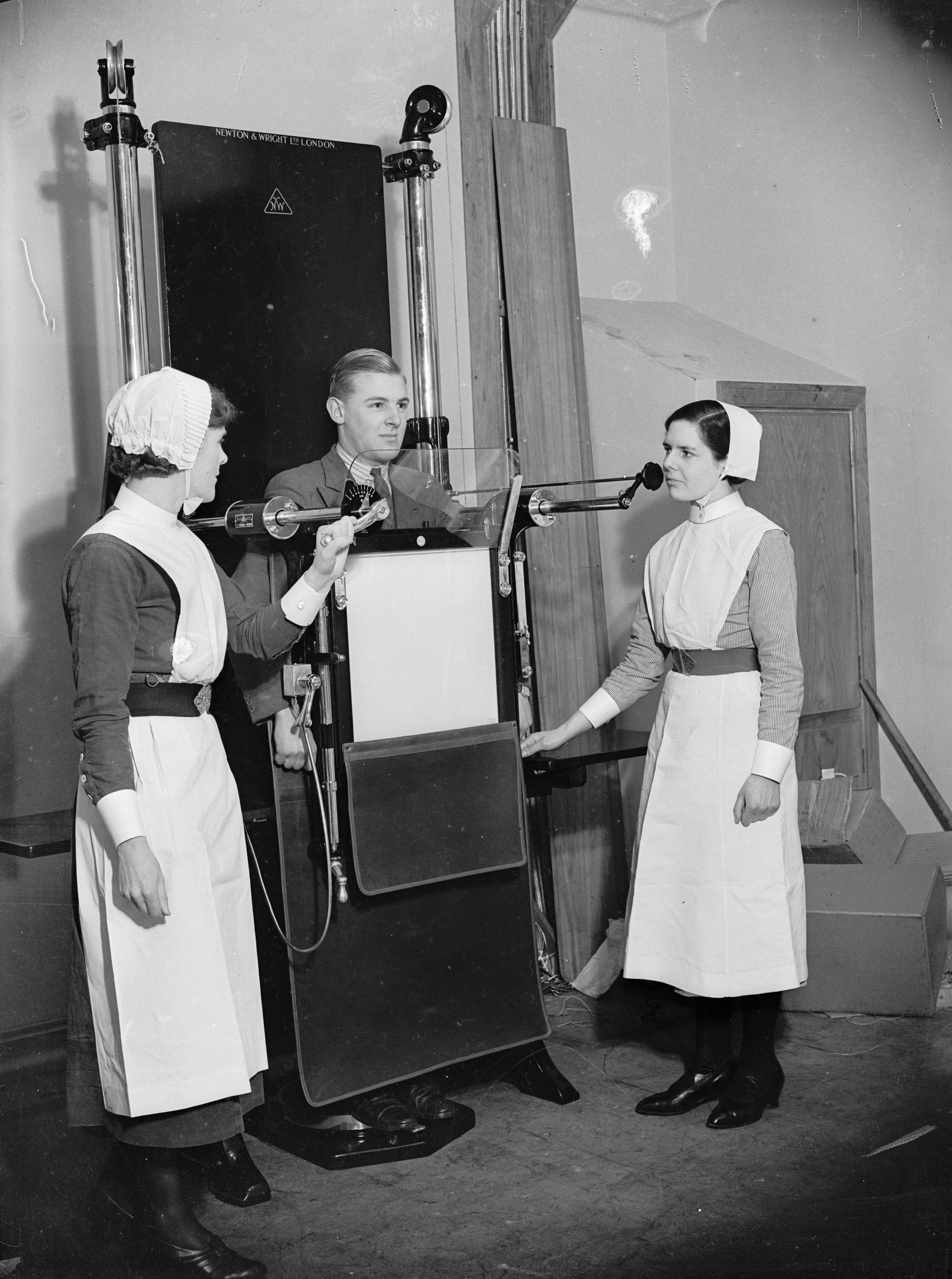Chest x-rays have been around for 100 years and are still widely used in health care. According to the government’s ongoing National Awareness and Early Diagnosis Initiative (NAEDI) a chest X-ray might be suggested for individuals with possible symptoms of lung cancer. The NAEDI website also states: `This is a standard procedure and nothing to worry about.`
But I do worry about advocating the chest x-ray as a tool to diagnose lung cancer. Over the last 50 years a number of studies have highlighted the inadequacies of the simple chest X-ray as a way to spot lung cancer earlier enough to effect a cure.
Eight years ago research from Exeter – looking at exactly the sort of patients I encounter every day as a GP – reported that one-quarter of lung cancers were missed by doctors placing too much reliance on a `normal` chest X-ray result. Work from Norway published this summer painted an even bleaker picture, with chest X-rays only picking up lung cancers in 20 per cent of cases.
Computed tomography (CT) scanning is much more accurate than the chest X-ray in spotting early – and potentially curable – lung cancers. Moreover, in the United States, annual lung cancer screening is now recommended for adults who smoke or have a history of smoking.
Here in the UK, while the Department of Health continues to ponder the risks, benefits and costs of providing wider access to CT scans, another useful tool is showing promise. The EarlyCDT blood test measures an individual’s antibody response to seven proteins produced by lung cancer cells. The test is currently being evaluated in 10,000 people in Scotland with the full results due next year. The BBC reports that one test volunteer has already been found to have a treatable tumour.
Every year roughly 35,000 people in the UK die from lung cancer – more than from colorectal and breast cancer combined. Offering enhanced earlier diagnosis and screening should now be seriously considered.







Comments